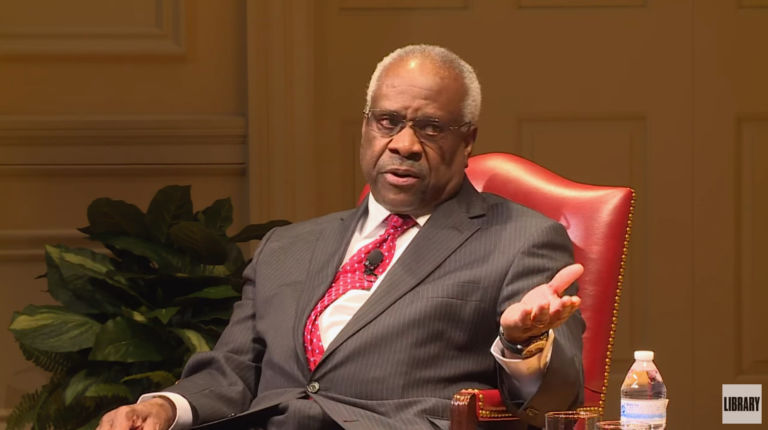The Winter 2016 issue of the Harvard Journal of Law & Public Policy includes an article by James Lindgren entitled “Measuring Diversity: Law Faculties in 1997 and 2013.” Using data from the American Association of Law Schools and from the US Census Prof. Lindren finds that:
Three groups account for most (or all) of the overrepresentation among racial, gender, religious, and ideological groups in law teaching:
(1) White Democratic professors (both male and female); (2) Jewish professors; and (3) Nonreligious professors.
Three groups account for most of the underrepresentation among racial, gender, religious, and ideological groups in law teaching:
(1) Republicans (both male and female); (2) Protestants; and (3) Catholics.
Indeed, these three underrepresented groups (Republicans, Protestants, and Catholics) make up 91% of the U.S. population ages 30–75, but only about half of the law professor population. Put another way, people who are neither Christian nor Republican make up only 9% of the U.S. population, but account for about half of law professors (51%).
And concludes:
Now that the important work of race and gender integration has succeeded on law school faculties—with the traditional affirmative action groups now matching or exceeding their percentages in the broader lawyer population—the next step should be to desegregate law schools politically


